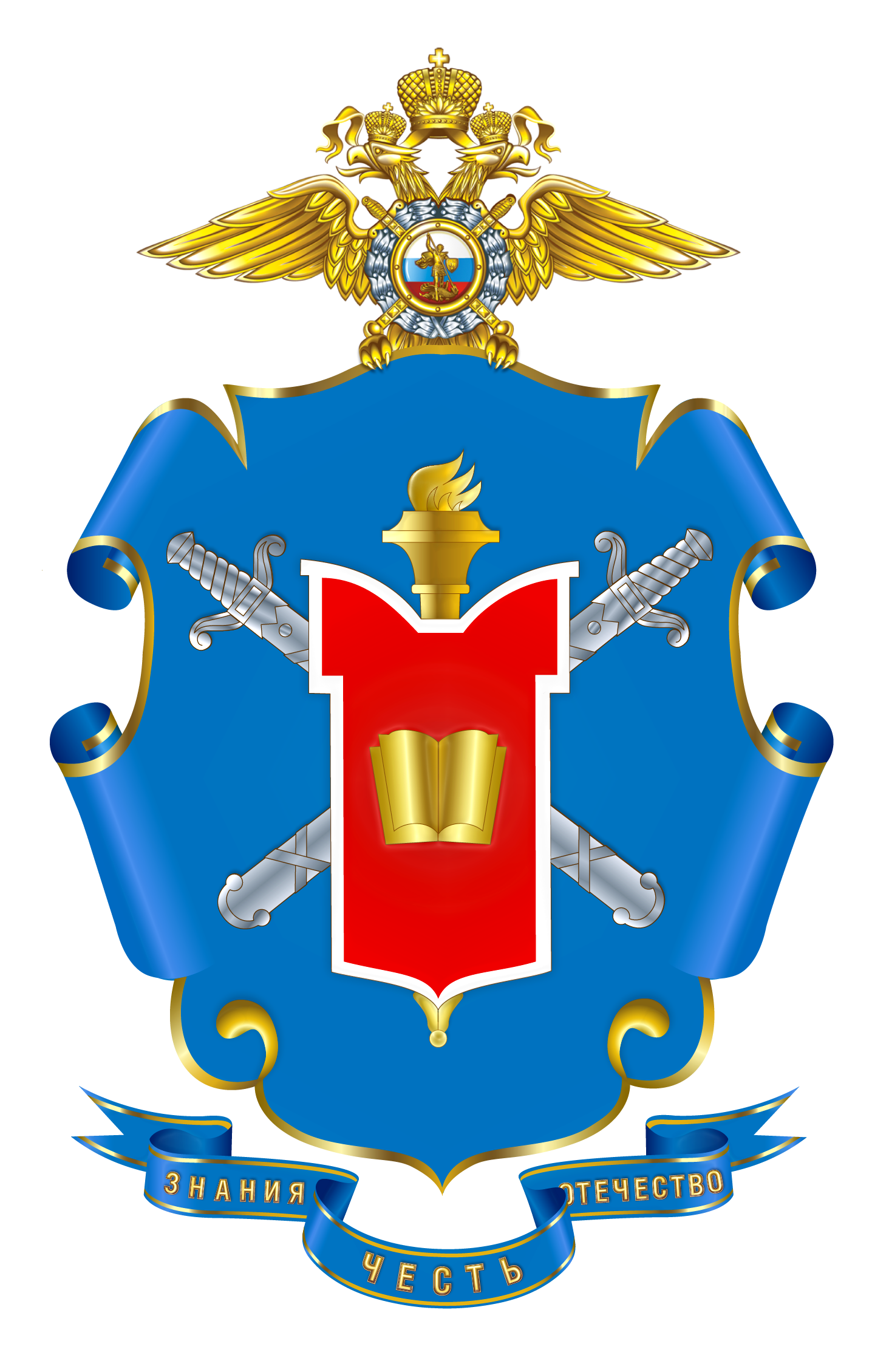On 16 February 1568, the Spanish Inquisition issued a death sentence to all (!) residents of the Netherlands.
Previously, Christianity and the Christian Church suffered both from an external enemy – the Roman emperors and from internal dissensions based on theological differences.
A special ecclesiastical court of the Catholic Church called the ‘Inquisition’ was created in 1215 by Pope Innocent III. An ecclesiastical tribunal with a wide range of responsibilities was established in Southern France by Pope Gregory IX in 1229. The power of this institution reached its peak in 1478, when King Ferdinand and Queen Isabella, with the sanction of Pope Sixtus IV, established the Spanish Inquisition.
The main task of the Inquisition was to determine whether the accused was guilty of heresy. Since the end of the 15th century and up to the 17th century, its competence began to include witch trials.
Between 1481 and 1498 alone, about 8,800 people were burned at the stake; 90,000 were subjected to property confiscation and ecclesiastical punishments.
The Spanish Inquisition in the Netherlands was established by Charles V in 1522 to fight the Protestants. In 1523, the first two Protestant martyrs were burned at the stake in Antwerp. The most severe measures were taken to combat Protestants of all stripes. Some of the decisions of the Inquisition – such as the death sentence to all (!) residents of the Netherlands (of course, not put into effect) remained as a kind of a curious incident.
The introduction of the Inquisition in the Spanish Netherlands was one of the reasons for the Dutch Revolt of 1566–1648. As a result, the Netherlands broke up into a state of Protestants and a state of Catholics.
Source: https://www.calend.ru/events/5894/
Translated by Elizaveta O. Ovchinnikova
































